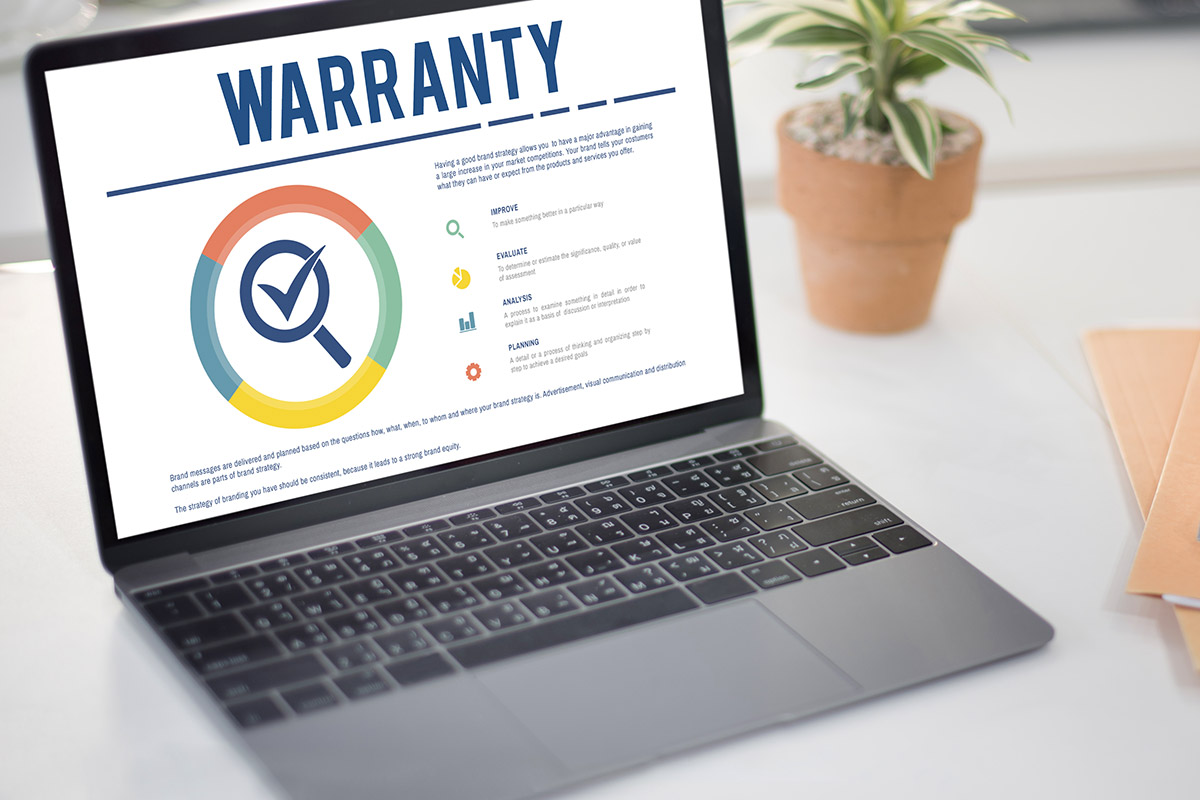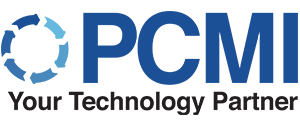
A s a third-party administrator (TPA), your role in the warranty and service coverage space can sometimes feel bloated. On one end, you’re managing the development of products and the collection of data to help your clients provide more options to their customers, and the other side often requires you to work as a software admin, ensuring there’s an intuitive platform that your clients can use. Alone, each one can offer a wide array of challenges, however, when paired together, you may find that your business operations start to stall.
There are about 40 different software solutions for every single aspect of the B2B world, and many of those software platforms fall under the TPA umbrella. This is why automation has become so prevalent in our space. The idea of connecting everything into a single platform is one thing, but then making all of those pieces work together in a fully automated function should be everyone’s goal. So, how do you get there?
Automated Claims Reporting
One challenge many administrators come across is the need to automate accurate reporting through a repeatable and scalable process. Automation can enable accurate claims reporting for TPAs by providing a centralized platform to manage and track all claims data, enabling TPAs to quickly identify and analyze trends and issues, and generate value-driven reports.
Through the collection of data, most admins have the ability to scale and develop new products through understanding their current warranty and service contract performance. Do your customers tend to purchase one policy over the other? Gathering reports on sales and warranty usage through a service department can help you and your team gain better insight into what products need to be expanded or what gaps need to be filled with additional policy options.
Administration software can also help TPAs to comply with regulatory requirements by providing automated alerts for regulatory deadlines and requirements, reducing the risk of penalties and fines.

Making Use of a Connected Platform
Driving success in the warranty space is often attributed to your ability to make use of many different software options and tying them together into one single instance. This is why many companies work to develop APIs that communicate with other platforms. When processing warranty claims, speed and actionability is key, and you can’t achieve that when your different platforms are working against each other.
Automation can help TPAs keep all of their tasks connected in one single platform by providing a centralized system that can integrate all processes and data, eliminating silos, and enabling data flow across different departments. Here are some specific ways that automation can help TPAs keep all of their tasks connected in one single platform:
- Cross-Functional Integration: Automation can work with many different processes and workflows for a TPA, including claims processing, contract management, and data analytics. These integrations can enable a seamless flow of information between different departments, reducing errors and improving productivity.
- Data Management: Automation can help TPAs manage all the data related to claims processing and contract management in a single platform. This can help to eliminate misinformation and enable a comprehensive view of all operations.
- Real-Time Collaboration: Automation can enable real-time collaboration between different teams and departments within a TPA. This can facilitate faster decision-making, reduce errors, and improve overall efficiency.
- Customizable Dashboards: Automation can provide customizable dashboards that can display all the relevant data and KPIs in one place. This can help TPAs to monitor all the different processes and workflows, enabling better decision-making.
- API Connectors: Automation can also integrate with other software applications used by TPAs, such as CRM systems or accounting software. This can help to streamline processes further, enabling TPAs to manage all their tasks from one single platform.

Increasing Product Positioning
Automation can help TPAs create better warranty and service contract options for their clients by improving the accuracy and efficiency of the contract creation process, reducing errors, and providing more comprehensive coverage options. Here are some specific ways that automation can help TPAs create better warranty and service contract options:
Accurate Data Collection
Automation can help TPAs collect accurate data about their clients’ products, usage patterns, and customer needs. This data can be used to create customized coverage plans that meet their clients’ specific needs and preferences.
Streamlined Contract Creation
By automating the contract creation process, TPAs can create contracts quickly and efficiently, with fewer errors and delays. This can help to improve the overall customer experience and increase client satisfaction.
Comprehensive Coverage Options
Automation can help TPAs create more comprehensive coverage options by analyzing customer data and identifying areas where additional coverage may be needed. This can help to reduce the risk of uncovered claims and improve customer satisfaction.
Simplified Claims Processing
Automation can help to simplify the claims process by automating claims submission, adjudication, and payment. This can help to reduce the burden on customers and improve their overall experience.
Real-Time Data Analytics
Automation can provide TPAs with real-time data analytics that can help them to identify trends and patterns in customer behavior, product usage, and claims data. This information can be used to improve coverage options and identify areas for process improvement.
Cost Savings
By automating processes and reducing errors, TPAs can save time and money on contract creation, claims processing, and other administrative tasks. These cost savings can be passed on to clients in the form of more competitive pricing and improved coverage options.
PCMI Automates the Full Warranty Lifecycle
As we’ve covered, automation can positively impact many areas of your warranty programs as a TPA. Many companies have tried to accomplish this through building their own software internally as it can be tempting to fully own the platform that your data is housed in. However, there are a lot of challenges that come with coding your own software and PCMI’s platform, PCRS, was designed to eliminate this struggle entirely.
We’ve put together a no-code, tools-enabled platform that allows our customers to select various modules based on their administrative needs. As a software, we can automate:
- Policy Administration
- Claims
- Reporting and Analytics
- Sales
- Dealer Participation
- Risk Management
We’re truly working on future-proofing our software as our product and research team develops new modules to help tackle each aspect of your warranty needs.
If you’re interested in learning more, feel free to reach out to one of our specialists. We’d love to walk your through who PCMI is, what our platform looks like, and how it can be catered to your specific needs.

